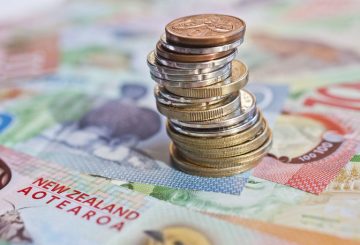Tốc độ xây dựng nhà mới hiện nay vượt quá tốc độ tăng dân số, một báo cáo được công bố gần đây cho biết.
Intey.co.nz ước tính rằng sự gia tăng dân số của New Zealand là 12.700 trong 12 tháng qua sẽ tạo ra nhu cầu thêm 4885 ngôi nhà mới. Tuy nhiên, có khả năng khoảng 37.000 ngôi nhà mới đã được hoàn thành trong giai đoạn đó, có nghĩa là một lượng dư thừa nhà được xây dựng tương đối so với sự gia tăng dân số.
New Zealand đã phải đối mặt với tình trạng thiếu hụt nhà ở trong hơn một thập kỷ, do đó sự gia tăng cung cấp nhà ở được dự kiến sẽ làm dịu một số vấn đề hiện nay.
Tuy nhiên, do việc xây dựng nhà ở không theo kịp với dân số tăng nhanh của New Zealand trong nhiều năm, thiếu hụt nhà ở hiện tại sẽ mất một thời gian để giải quyết.
“Tôi không nghĩ chúng ta đang tiến tới tình trạng quá cung”, Satish Ranchhod, nhà kinh tế cao cấp Westpac cho biết. “Nhưng sự cân bằng giữa cầu và cung sẽ trải qua một sự chuyển đổi lớn trong vài năm tới. Chúng ta sẽ có nhiều nhà trên đầu người nhiều hơn chúng ta đã thấy trong một thời gian.”
Việc quay trở lại nguồn cung là kết quả của việc nhập cư bị tắt bởi các hạn chế đại dịch vào tháng 3 năm 2020, trong khi việc xây dựng nhà mới tiếp tục tăng lên.
Có khả năng là sự gia tăng cung cấp sẽ làm giảm tiền thuê và góp phần vào xu hướng giảm giá bất động sản




























































